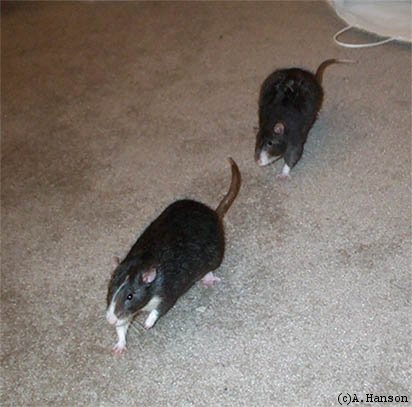Figure 1: Inner ear infection and head tilt in a 12-week-old male rat
Case history and photo
History and Clinical Signs
When Widget was almost 12 weeks old, I noticed that he appeared slightly asymmetrical and he was more agitated than his cage mates. When I took him out of the cage and put him on a table he preferred to turn to his right. Then I noticed that his right ear appeared lower than his left ear. His head was rolled about 30 degrees to the right.
Diagnosis:
I took him to the vet the following day, and she diagnosed him with a head tilt related to an inner ear bacterial infection.
Treatment:
She gave him an intramuscular shot of antibiotics and put him on twice daily 0.25 cc of oral Vibramycin (doxycycline) for two weeks. Three weeks after the appointment, his head tilt had not changed, so I took him back to the vet. She put him on Baytril (tablets) as well as doxycyline, and at my request we also added
Prelone (a steroid) for two weeks.
Outcome:
The treatment stopped the progression of the head tilt but did not cure it. He retains a head tilt to this day.
Widget’s adjustment: During the first few weeks Widget was clumsy. He fell off shelves and seemed disoriented. He tended to turn to his right. The degree of his head tilt varied greatly over the course of the day: sometimes his head was almost level, at other times his head was strongly tilted at about 45 degrees.
Over the following months Widget adjusted to his condition. He became more surefooted, he fell off cage shelves much less, and he learned to run in a straight line instead of turning to the right.
Today, Widget at nine months old is well adjusted. His head tilt has stabilized at about 30 degrees. He runs, climbs, and jumps much like other rats, he interacts normally with his cage mates and they with him. His only current impairments are:
(1) Mild clumsiness. He falls off a cage shelf every few days. I have therefore slung a hammock below the shelves so he always has a short fall and a soft landing. Also, when he stands on his hind legs, his cage mates can sometimes push him over.
(2) Reduced agility. He can’t jump as far as other rats, and it takes him longer to climb vertical surfaces.
Photo
 Widget can be seen here in the background with head tilted. |
Case history and photos courtesy of Anne Hanson, M.S., Ph.D. Animal Behavior
http://ratbehavior.org


